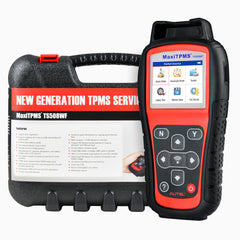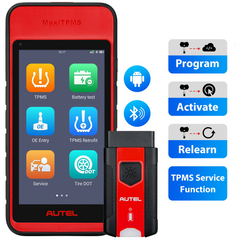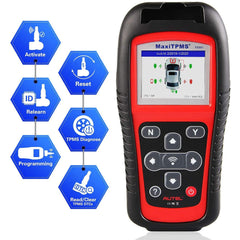Faster Delivery in 3-5 Days
Faster Delivery in 3-5 Days

In car driving, abnormal tire pressure, abnormal temperature, and inconsistent wear of the four wheels may cause tire blowout and wheel slippage during the driving process of the car, which will affect the safety of the driver.
When we found abnormalities in car tires, our first reaction was to replace our tires.
Getting new tires, or tire rotations, is one of the easiest ways to keep your car, truck or SUV in top running condition.
Regular replacement of tires can enhance the performance of the car, reduce the wear of the car tires, balance the wear of the car tires, and prolong the service life of the tires.
Modern cars typically employ a direct tire pressure monitoring system (TPMS), which includes sensors mounted on each tire. These sensors monitor the air pressure and temperature of the tires and transmit the information to the vehicle's electronic control unit (ECU).
When tires are changed, if the tire sensors are not reprogrammed or calibrated, the vehicle's TPMS system may not properly recognize the newly installed tires and sensors. Because each sensor has a unique identification number (ID), the ECU needs to know the location and ID of each sensor in order to accurately read and process the data from the tire sensors.
 |
Autel MaxiTPMS TS508WF Advanced TPMS Service Tool With Wi-Fi Updates, Program MX-Sersors 315/433MHz, Relearn/Activate All Sensors Price: $259 |
 |
Autel MaxiTPMS ITS600 TPMS Relearn Tool, TPMS Programming Tool Activate/Relearn All Sensors, TPMS Diagnostics, 4 Reset Functions (Oil Reset, BMS, SAS, EPB), Auto VIN (Free Update) Price: $479 |
 |
Autel MaxiTPMS TS501 TPMS Relearn Tool with TPMS Diagnostics, Sensor Activate and Sensor Programming, Upgraded Version of TS401/TS408 Price: $199 |
When the TPMS scanner has reprogrammed the tire sensors, the tire pressure light will go off automatically. If not, here are a few different things you can try: